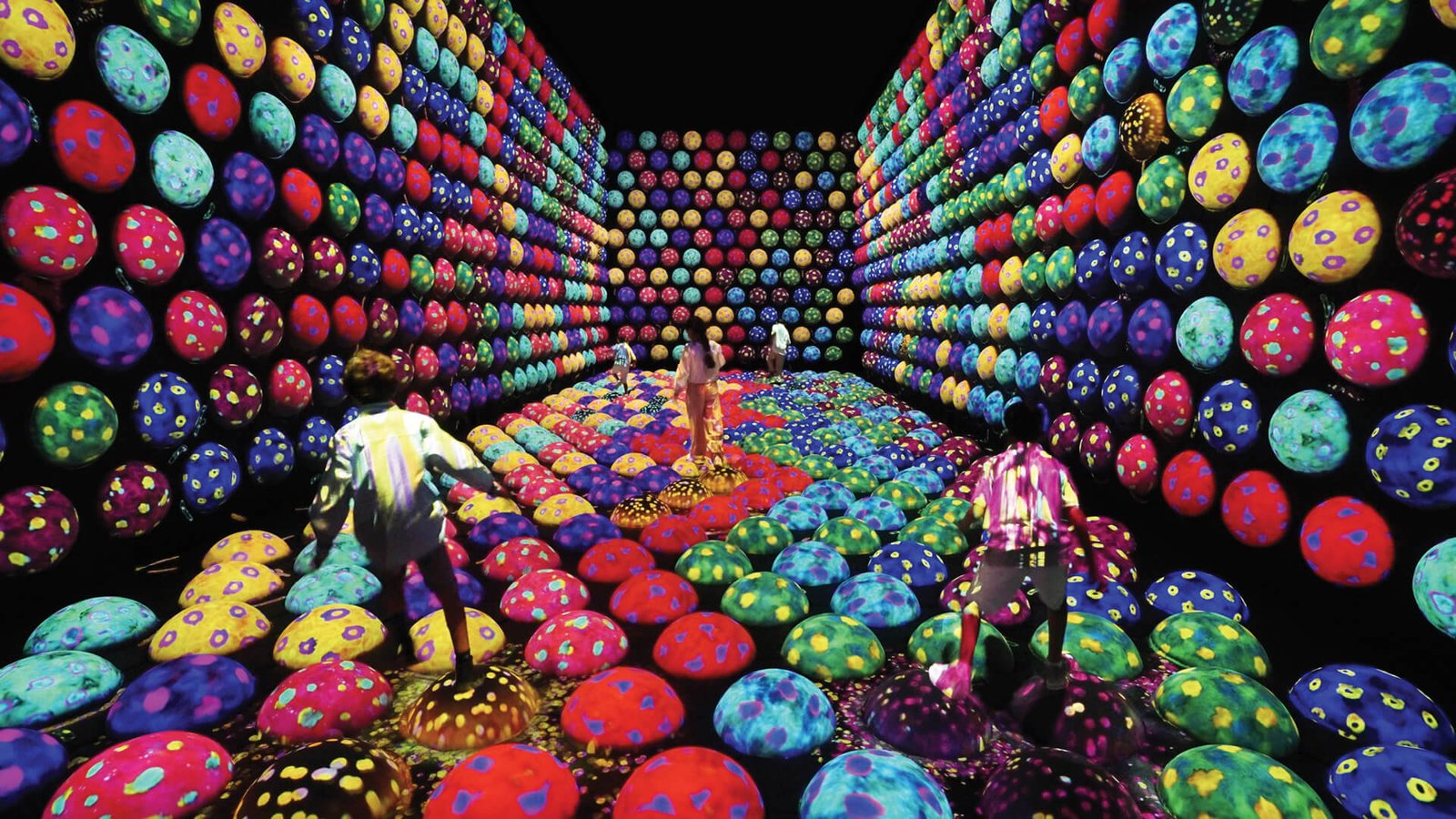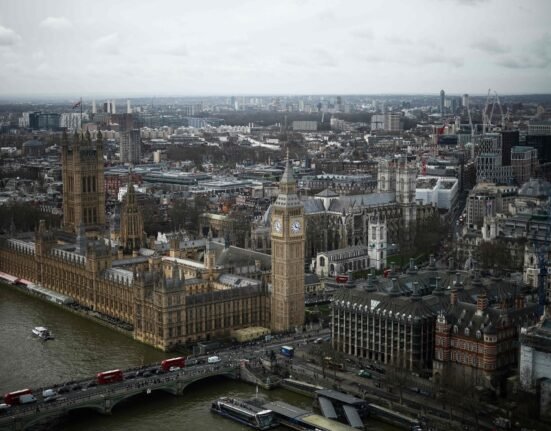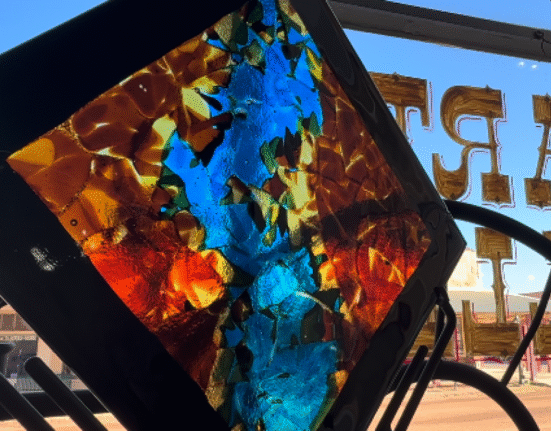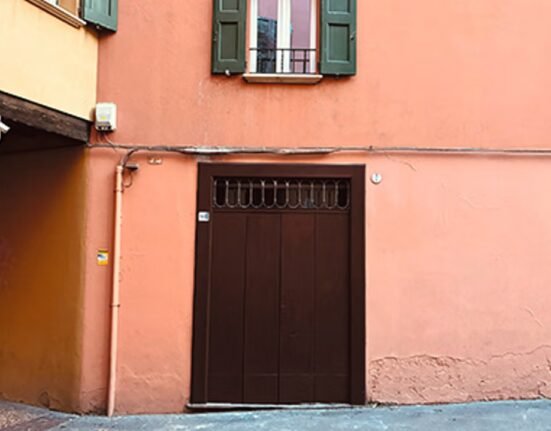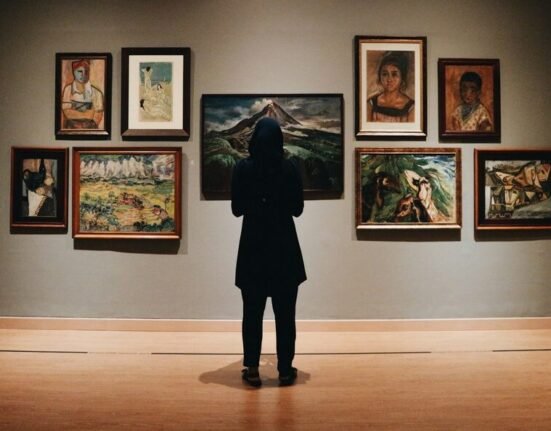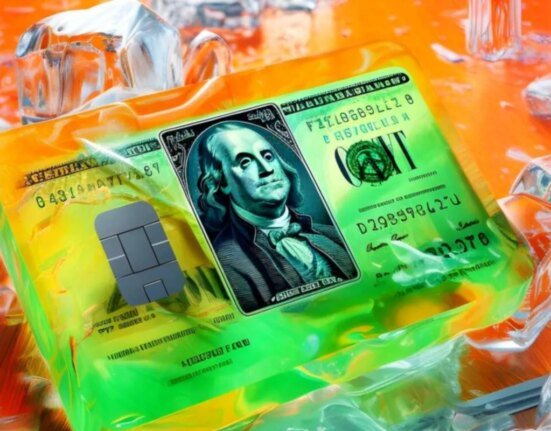Interactive digital artworks that continuously transform, move in and out of rooms, at times connecting and intermingling with other works, created according to a range of themes—philosophical and multicultural—that push past boundaries, borders and set structures. These are the creations of teamLab, an art collective based in Tokyo that was established in 2001 comprising artists, engineers, programmers, CG animators, mathematicians and architects, now on view at the new teamLab Borderless Jeddah, the first teamLab experience in the Middle East region, which opened on June 10, 2024.
“teamLab Borderless is based on the concept that everything exists in a borderless continuity,” said Toshiyuki Inoko, teamLab Founder during the press preview. “We want to create the notion of ‘beautiful’ in which the various artworks relate to each other and are continuous without boundaries.”
The museum is located in the heart of Jeddah’s Historic District in an area encompassing 10,000 square meters on the permanent Culture Square, a project by Saudi Arabia’s Ministry of Culture that will include an art centre and museum within two buildings stationed alongside the historic house of Bait Amir Al-Bahr, meaning “House of the prince of the seas”. The western building houses teamLab Borderless Jeddah, while the eastern one will serve as a venue for cinematic works and the Red Sea International Film Festival. The site overlooks Lake Al-Arbaeen and offers panoramic views of Jeddah’s Historic District, a UNESCO World Heritage Site.
“I have always been interested in understanding the world as a continuous entity,” said Inoko. Growing up in rural Japan, he remembers visiting the Naruto whirlpool and watching it, mesmerised by how it moved. “A whirlpool exists as a whirlpool on its own, but its components are all the same — the same water whether from inside or outside the whirlpool,” he recalls. “There’s no kind of physical material that denotes its existence, but we still perceive it as a whirlpool. And so far, people have been creating things by differentiating through material substance.”
Works created by teamLab aim to lead the spectator to explore, experience and ultimately, discover something new – similar to Inoko’s experience of beholding the Naruto whirlpool.

“If you go into a forest, for example, you see how the roots of a tree are entangled; you perceive how everything exists without a boundary,” adds Inoko. “But when people try to understand everything around them, they tend to perceive things as having different entities. To perceive the world that you’re seeing as continuous with your body, where everything exists without boundaries, that is the underlying concept of Borderless and the three-dimensional artworks we’ve been making as an art collective since 2001, creating moving images like paintings.”
Whether it is a new aesthetic form or idea, digital artworks created by teamLab aim to demonstrate how everything in our world is intimately connected. Visitors to teamLab Jeddah can expect to see over 80 independent yet connected artworks, including Athletics Forest, a creative athletic space grounded in exploring an understanding of the world from the vantage point of the human body; Future Park, an educational project centred around the concept of creativity through collaboration and Forest of Lamps, a work that presents lamps scattered randomly that resonate light, that then changes depending on the connections between the people within the space at any one time.

Additionally, eight of the works on display have been created exclusively for teamLab Jeddah. These include Universe of Fire Particles: Born in the Darkness, Return to the Darkness, a digital installation featuring fiery rectangular megaliths that appear to emerge from the floor and are surrounded by crimson and orange flames that extend to all areas of the space. In Persistence of Life in the Sandfall, sand runs down what appears to be a grand staircase in the manner of water running down a waterfall. As the sand cascades downwards, large flowers emerge in various shapes and colours.
In Flowers and People, Cannot be Controlled but Live Together, the space is covered by variously coloured flowers, all existing harmoniously and effortlessly with each other, presenting the beauty of nature in its uncontrolled and connected state. The work, like the others on view, exemplifies Inoko’s belief in the concept of a borderless, continuous world in which beauty is derived from an understanding of connection and unity rather than separation and distinction. This belief connects visitors from around the world through teamLab’s Borderless Museums in San Francisco, Tokyo, Hamburg and now Jeddah, among others.

Elsewhere in the Gulf, another version of teamLab Borderless will soon arrive in Abu Dhabi, the United Arab Emirates. Nearly completed, the museum will occupy a purpose-built structure spanning 17,000 square meters of experiential art space in the Saadiyat Cultural District. In the case of Saudi Arabia, however, the new institution goes beyond the realm of the museum to reflect the aims of Saudi leadership to foster development and entrepreneurship through creative enterprise.
The new Jeddah museum, one of a multitude of planned cultural institutions underway in Saudi, is also symbolic of a greater cultural renaissance materialising in the Gulf nation after nearly four decades of closure and abidance to strict Islamic law. During this time, the creation and exhibition of artworks was largely forbidden. The ultra-conservative ambience changed with the launch of Vision 2030, an ambitious plan for socio-economic change in Saudi Arabia, offering a means to wean the country off its reliance on hydrocarbons. Creativity, Vision 2030 states, is vital to the achievement of a diverse, thriving and dynamic society and economy.

teamLab Jeddah’s roots originate from a longstanding collaboration with leading Saudi institution ATHR Gallery that dates to nearly a decade prior. “We hope it [teamLab Borderless] inspires the established creative to innovate and create and the artist of the future to dream and plan,” said ATHR Gallery CEO and co-founder Mohammed Hafiz. “In 2016, we were introduced to teamLab [which] was represented by Pace Gallery and we were absolutely impressed with their artworks. Our relationship with teamLab grew and in 2018 we started pushing for a teamLab Borderless Museum in Saudi Arabia and specifically Jeddah and we started a quest to find a permanent location for this project, surveying many ministries and other organisations and contractors.”

We hope it [teamLab Borderless] inspires the established creative to innovate and create and the artist of the future to dream and plan – Mohammed Hafiz, ATHR Gallery CEO and co-founder
Staged simultaneously by ATHR is Spatial Dialogues, a pop-up exhibition at Beit Zenel in Jeddah’s Historic District of Al-Balad presenting a curated selection of teamLab’s monitor artwork, which is on display until August 30, 2024.
teamLab Borderless Jeddah, like other projects under the Saudi Ministry of Culture, desires to inspire the country’s young population to be creative in all sectors with the hope that innovation will bring about new socio-economic and cultural change. “We know that teamLab Borderless is at the forefront of digital art and museums and technology evolves rapidly,” said Hassan Abuabdallah, ATHR’s marketing and communications manager. “We hope that the next innovation in either technology or museums comes here from Saudi Arabia and if someone walks into teamLab Borderless Museum and thinks to themselves that they can do this better, then we’re on the right track.”
(Disclaimer: The views and opinions expressed here are those of the author(s) and do not necessarily reflect the official position of STIR or its editors.)

